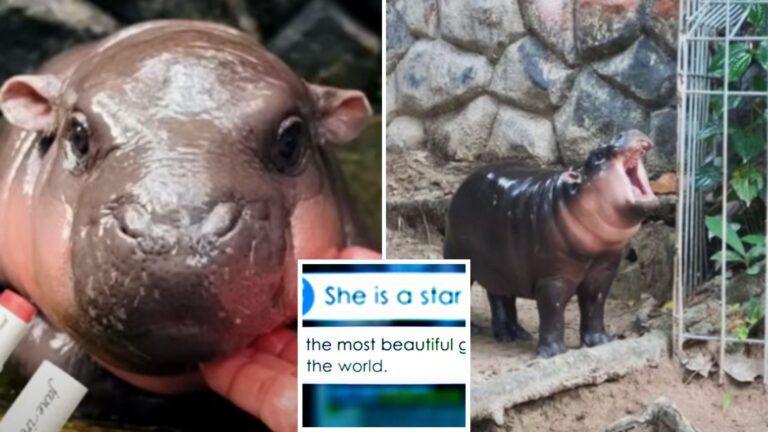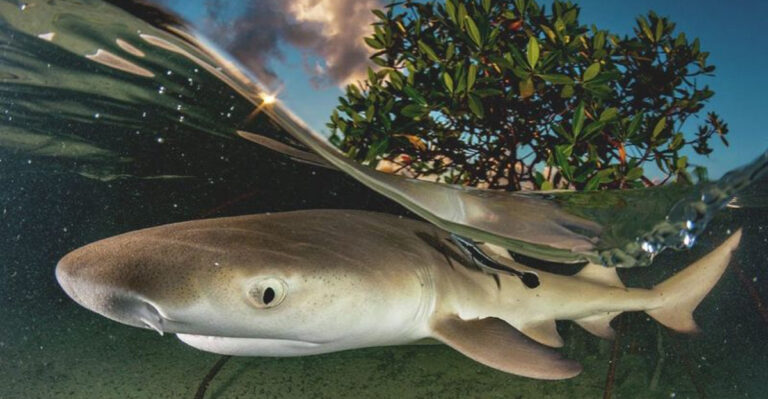14 Florida Locations Where Alligators Are Commonly Found
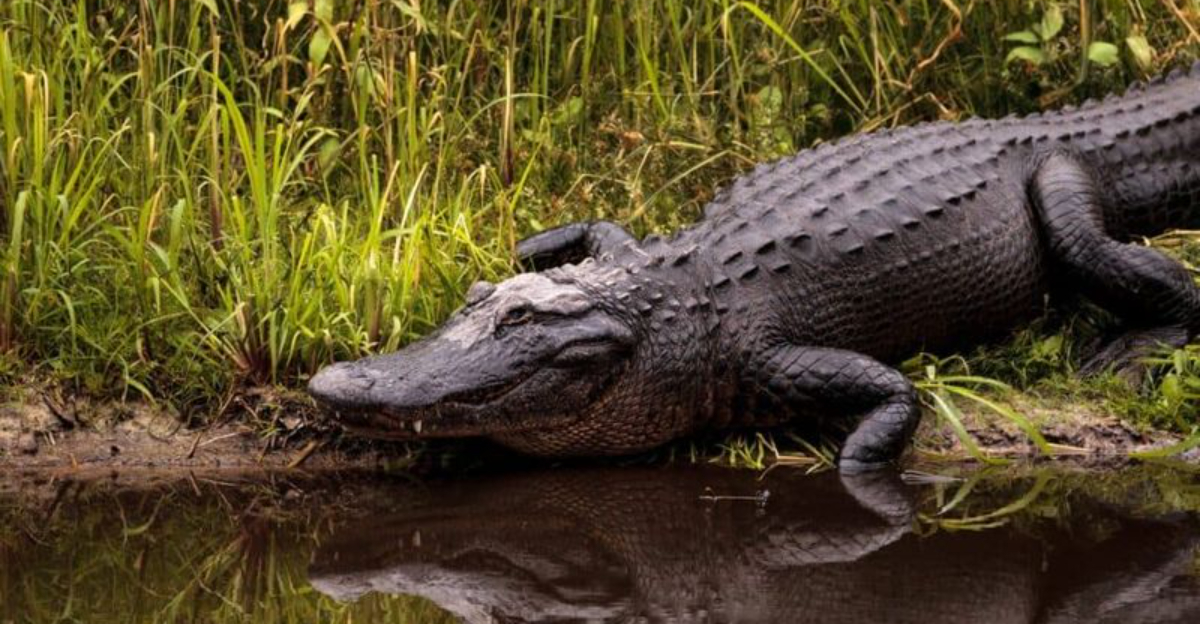
Florida’s swampy landscape creates the perfect playground for America’s most famous reptile – the alligator.
These prehistoric-looking creatures have called the Sunshine State home for millions of years, thriving in its warm climate and abundant waterways.
Whether you’re hoping to spot these magnificent reptiles from a safe distance or wanting to know where to exercise extra caution, these fourteen locations are known alligator hotspots across Florida.
1. Everglades National Park
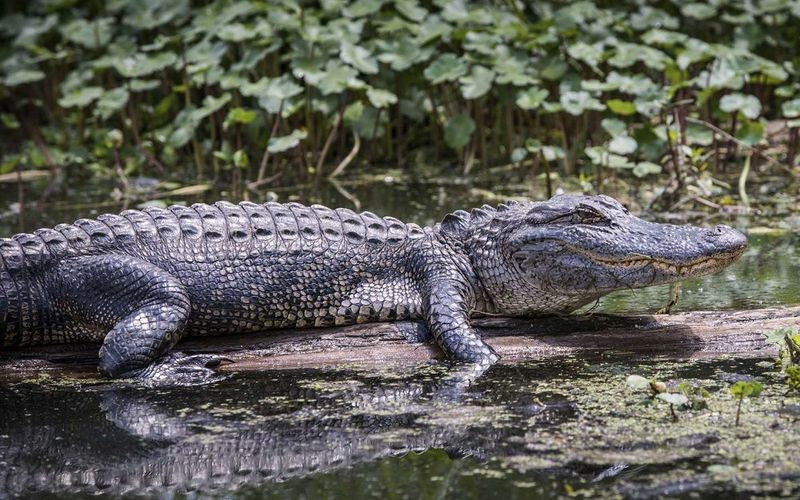
Nicknamed ‘gator nation’ by locals, this massive wetland ecosystem houses thousands of these armored reptiles. The slow-moving water and dense vegetation create ideal hunting grounds.
Airboat tours offer the safest way to witness these prehistoric creatures in their element. Rangers estimate over 200,000 alligators call this watery wilderness home.
2. Lake Okeechobee
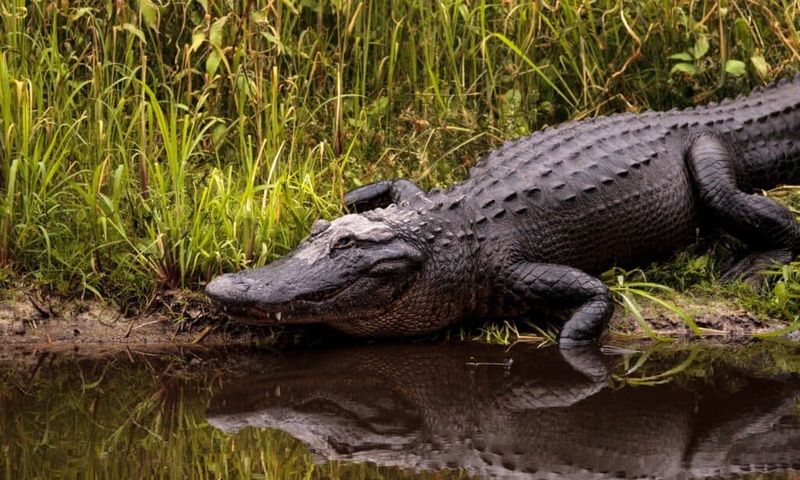
Florida’s largest freshwater lake isn’t just a fishing paradise – it’s prime real estate for gators too! The shallow waters around the edges create perfect lounging spots where these reptiles soak up sunshine.
Many gather near the Herbert Hoover Dike, especially during mating season when their bellowing calls echo across the water at dusk.
3. Myakka River State Park
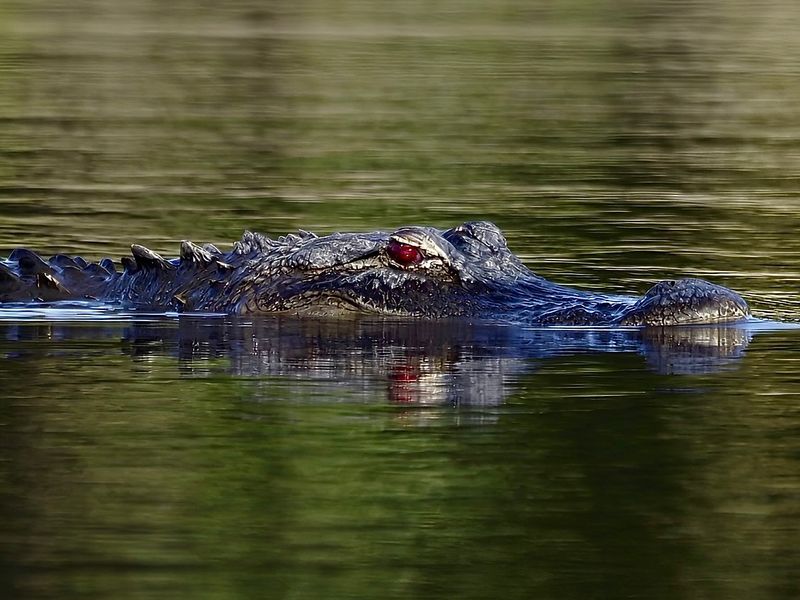
Walk the park’s famous elevated boardwalk and you’ll likely spot scaly residents lounging below. The river’s dark waters hide these stealthy hunters until just their eyes and nostrils break the surface.
A specially designed ‘Gator Bridge’ lets visitors safely observe these prehistoric creatures from above. Morning hours typically offer the best viewing opportunities.
4. St. Johns River
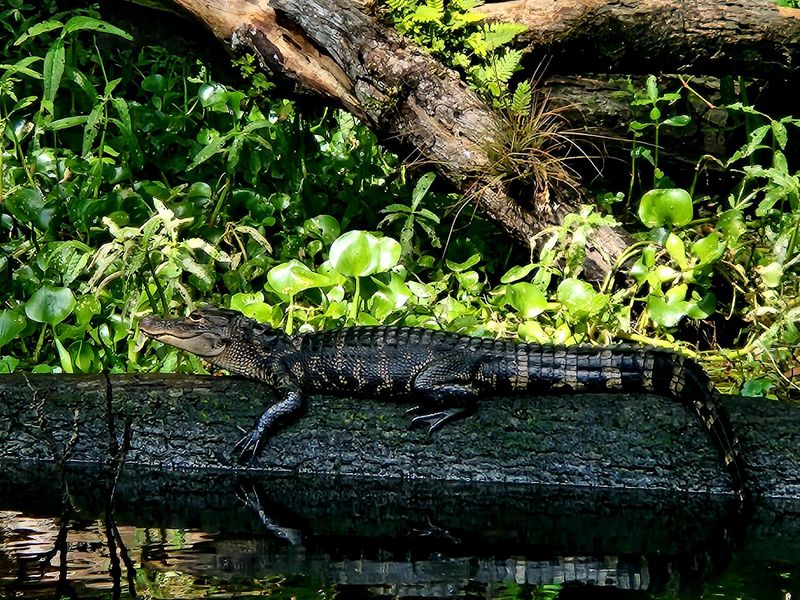
Stretching 310 miles northward, this lazy river creates a gator highway through Central Florida. Boat captains tell tales of massive ‘bull gators’ exceeding 13 feet lurking in secluded coves.
The river’s brackish sections where fresh and salt water mix seem particularly attractive to alligators. Riverside residents often spot them sunning on private docks.
5. Wakulla Springs State Park
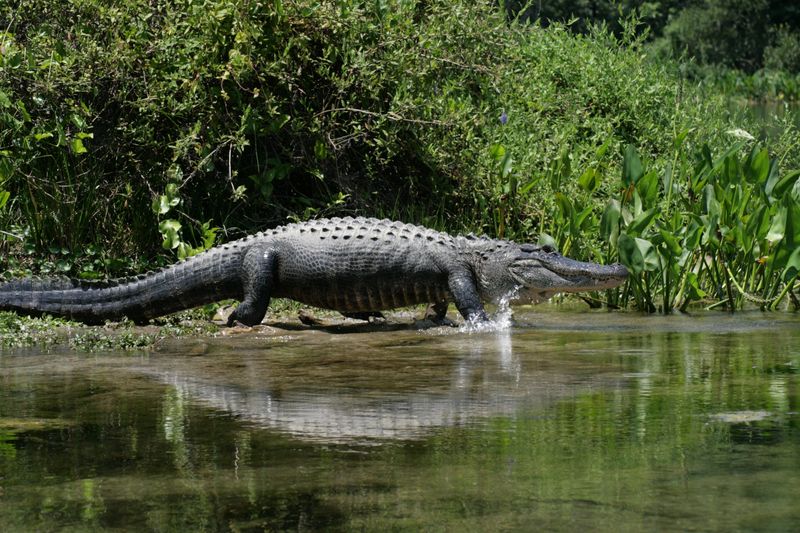
Crystal-clear waters make this park unique – you can actually see alligators swimming beneath your glass-bottom boat! The spring’s constant 70-degree temperature attracts gators year-round.
Park rangers have named several resident alligators that visitors spot regularly. Old Joe, estimated to be over 50 years old, has become something of a local celebrity.
6. Merritt Island National Wildlife Refuge
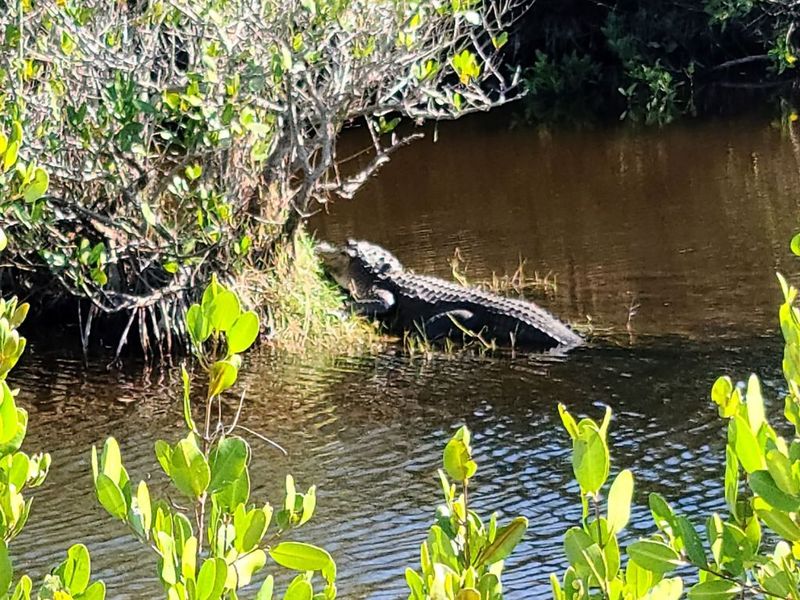
Space isn’t the only frontier near Kennedy Space Center! This coastal refuge’s brackish lagoons harbor hundreds of gators adapting to slightly salty conditions.
The Black Point Wildlife Drive offers excellent spotting opportunities from your car. Amazingly, these adaptable reptiles have learned to coexist with the thunderous rocket launches nearby.
7. Blue Spring State Park
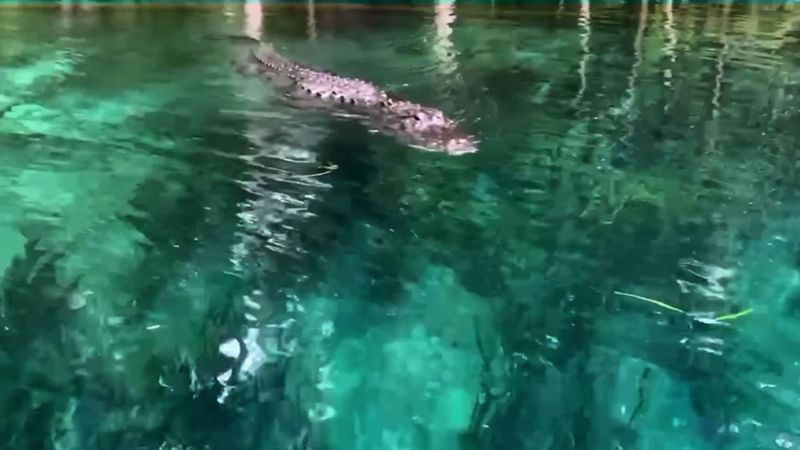
Winter brings manatees to these warm springs, but alligators call this azure oasis home year-round. The contrast of dark reptiles against the brilliant blue water creates stunning photo opportunities.
Rangers enforce strict safety rules as swimmers share the spring with its prehistoric residents. Most gators stick to the quieter sections away from the main swimming area.
8. Shark Valley (Everglades)
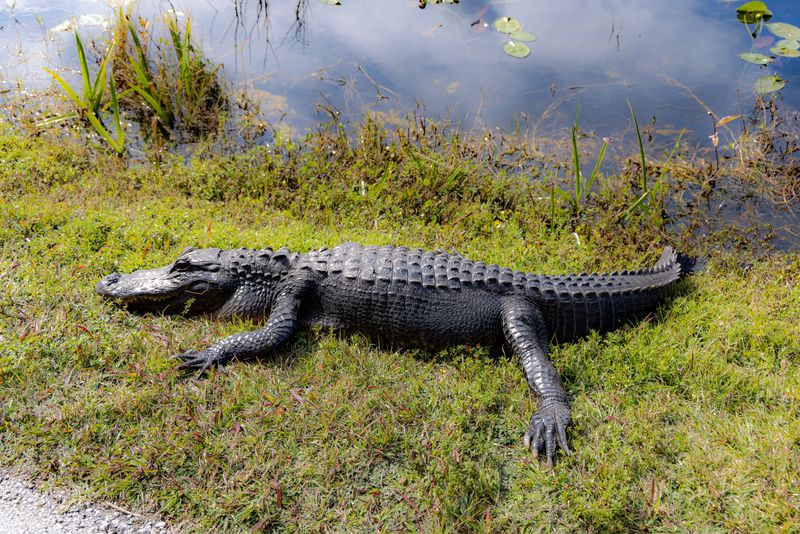
Despite its name, you’ll find scales not fins along this 15-mile loop trail. Countless alligators bask alongside the path, sometimes just feet from cyclists and hikers!
The observation tower halfway through offers an aerial view of alligator holes dotting the landscape. During winter’s dry season, dozens gather around remaining water sources, creating remarkable congregation sites.
9. Hillsborough River State Park
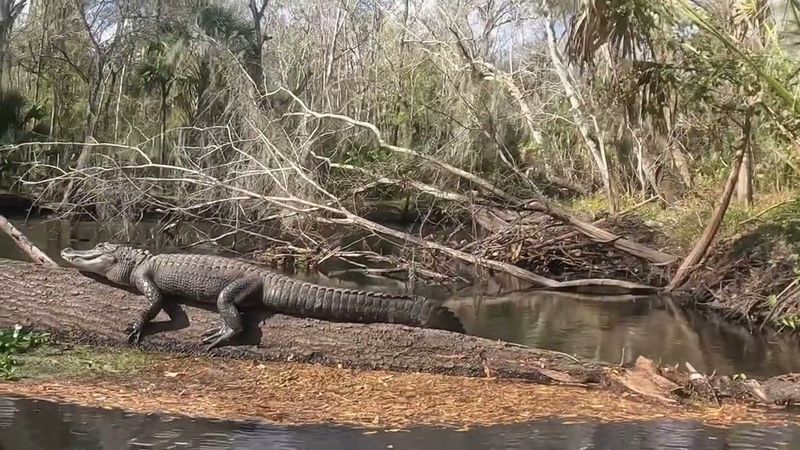
Just minutes from Tampa’s skyscrapers, this river creates a surprising urban gator haven. The rapids section particularly attracts them – the churning water concentrates fish for easy hunting.
Kayakers often report close encounters along quieter stretches. The park’s suspension bridge offers a bird’s-eye view of these reptiles patrolling their underwater territory.
10. Circle B Bar Reserve
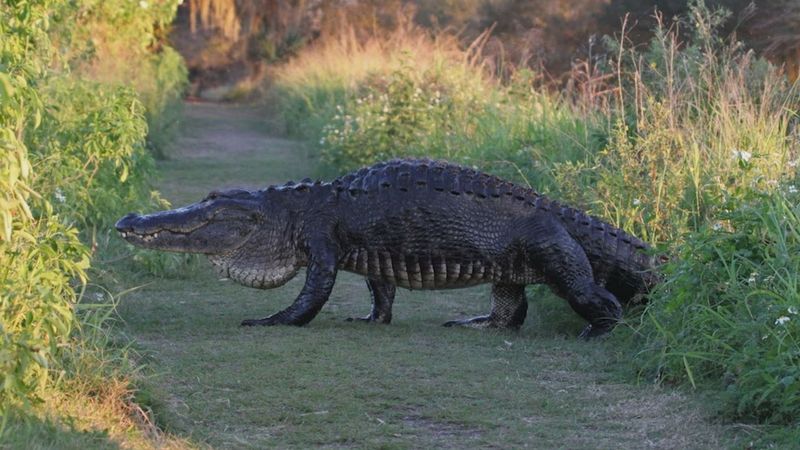
Famous for viral videos of massive gators crossing trails, this former cattle ranch now serves as premium reptile real estate. The aptly named ‘Alligator Alley’ trail delivers almost guaranteed sightings.
Early mornings offer magical moments as fog lifts off Lake Hancock, revealing dozens of gators. Photographers flock here for National Geographic-worthy shots of these ancient creatures.
11. Ocala National Forest
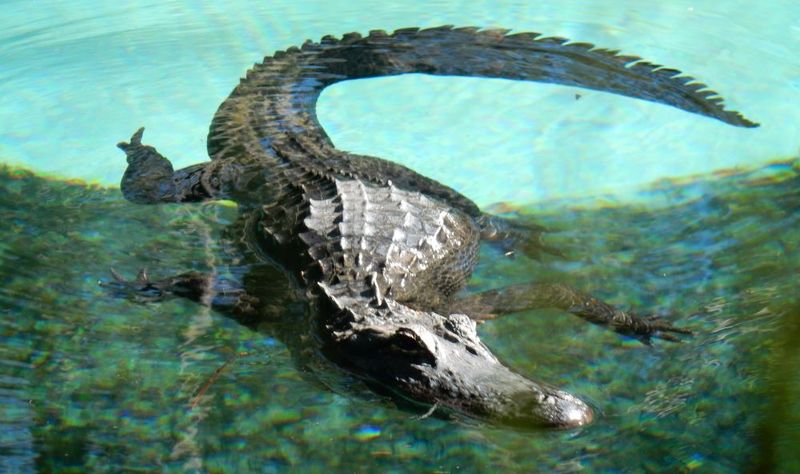
Surprising many visitors, this inland forest harbors numerous alligators in its spring-fed lakes and rivers. The crystal-clear Juniper Springs run reveals gators lounging on underwater logs.
Canoeists might spot juvenile alligators basking on fallen trees. Unlike murky waters elsewhere, the forest’s springs allow rare glimpses of their powerful swimming technique beneath the surface.
12. Loxahatchee National Wildlife Refuge
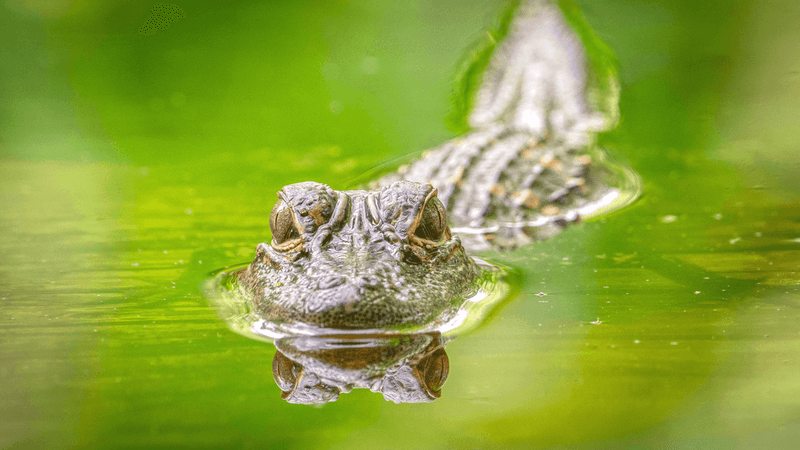
Gateway to the northern Everglades, this refuge’s marsh trails offer intimate gator encounters without the crowds. The visitor center’s marsh overlook almost guarantees sightings during morning hours.
Airboat tours navigate through lily-pad covered waters where alligators lurk. The refuge’s controlled water levels create ideal conditions for nesting females, who fiercely guard their mounded nests.
13. Silver Springs State Park
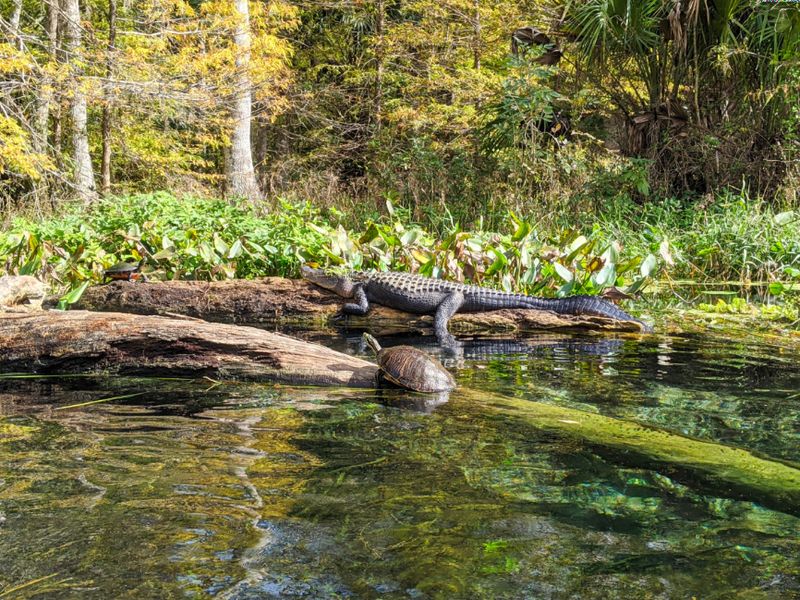
Made famous by glass-bottom boats, these artesian springs offer a unique perspective – viewing gators from below! The crystal waters reveal their powerful tails propelling them through underwater forests.
Kayakers regularly spot them sunning along the Silver River banks. The park’s famous resident, an unusually large white alligator, creates excitement when spotted in the main spring basin.
14. Golf Courses Statewide
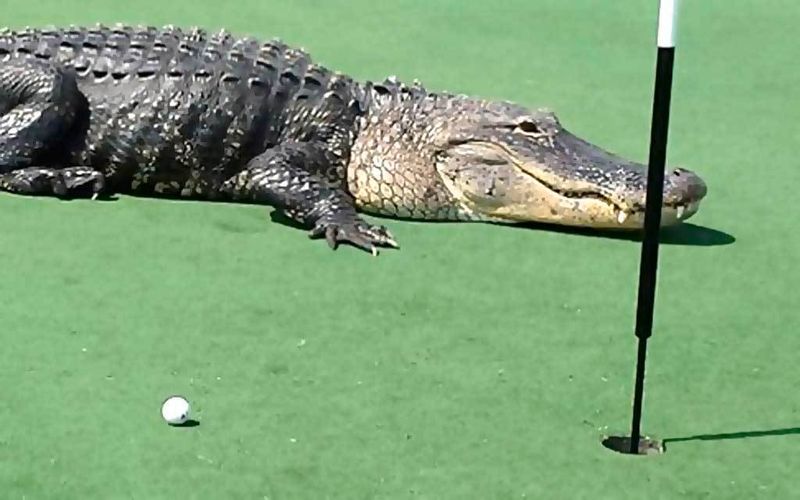
Florida’s 1,250+ golf courses create perfect gator habitat with their numerous water hazards. Players routinely spot these hazards-within-hazards lounging beside sand traps or crossing fairways!
Course managers typically name resident gators that become local celebrities. Signs warning “Don’t feed the wildlife” aren’t just for squirrels – feeding alligators is dangerous and illegal throughout Florida.

